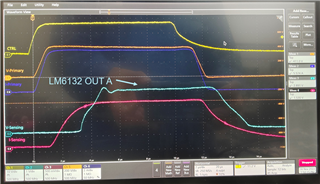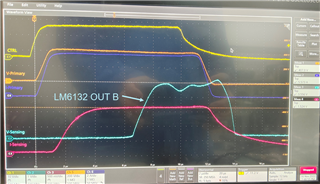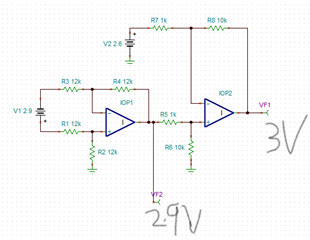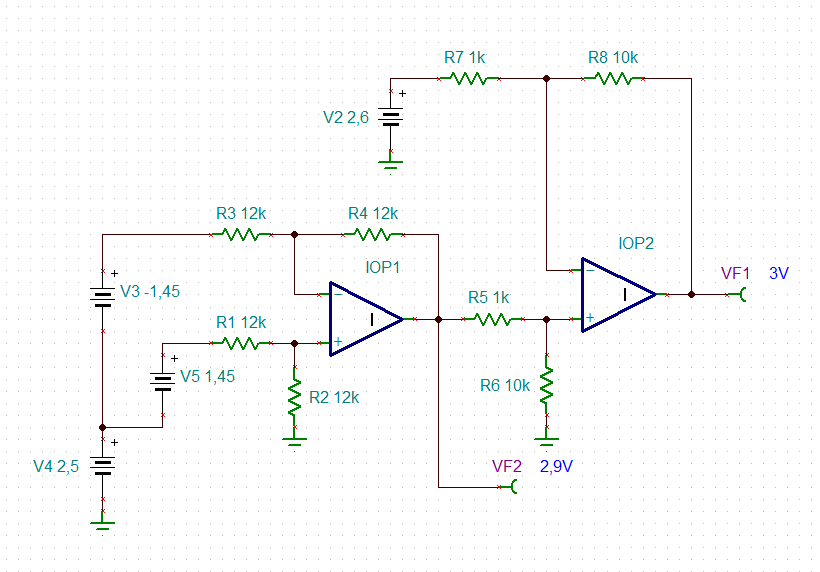Other Parts Discussed in Thread: LMH6612, , TLV9061, LM6132
Hi Team,
I am testing the ISO224B EVM board to detect high voltage, I am not using the OP-AMP on the EVM board. input of EVM board is resistors divider with 400kohm : 10kohm, EVM board output connects to LMH6612, and 6612 connects to FPGA.
I collected the output data continuously, but looks the output is reducing at the first few minutes, and increasing after that. As the attached picture, Y axis is voltge (Volt), X axis is time (seconds.)
I checked the primary high voltage with oscilloscope it's not changing. the test is done in airconditional room and room temperature is around 23 degreeC, could you advice how to improve the accuracy. thanks in advance.











